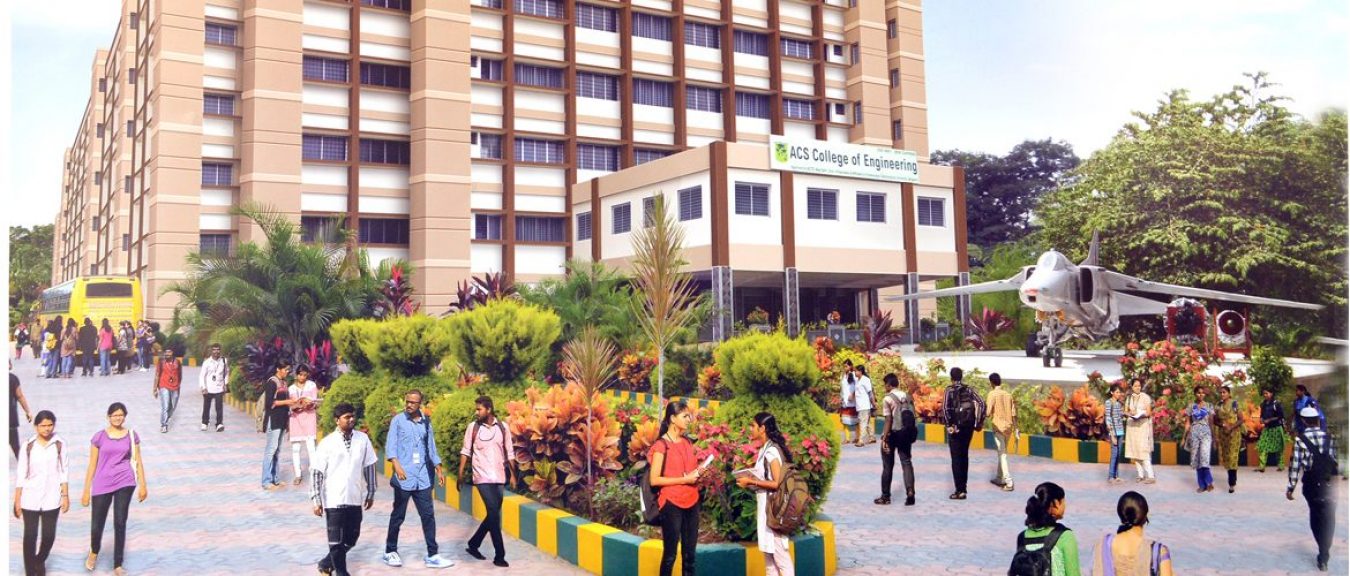As the usage of water keeps on multiplying that is more than twice of population growth, the resources of water are shrinking faster leading to a severe water crisis. The latest report of World Resources Institute (WRI) states that there is water crisis of extreme levels and no one is talking about it yet. It is also applicable to India and water crisis in Chennai is the latest example of the same. Even the Aqueduct’s list of extremely highly water stressed countries mentions India in the 13th place. Furthermore compared to the other 16 countries mentioned in the Aqueduct’s list, India’s population is three times more than all the others combined together.
As per Sashi Shekhar, India’s earlier water secretary, the recent Chennai water crisis that gained attention of the world media was just one of the many Indian regions that are facing chronic water stress. Across the world today one quarter or almost 2 billion people are living in areas that consume almost 80% of the water resources year by year. Hence, when a dry spell hits even if it is for a short period of time, the situation could be grave. As far as India and particularly Chennai go, most of the water resources are running dry. The situation is similar in many parts of the world like Rome had to ration water in order to conserve it and South Africa just somehow managed to do away with water shutoff or Day Zero. A major part of India has extreme water crisis regions because the gap between demand and supply of water is too less. Scarcity of water can result into serious threats to agriculture and other industries, businesses as well as human lives. It does not mean that there is no solution available for this problem. There is a solution and one of the solution includes reuse of waste water opening the gateway generation of a new water resource. One of the best examples of water reuse is Oman. This country successfully reuses its 100 % water and reuses around 78% of it, already. Presently, in India the ground water levels are showing a decrease at the rate of 8cm/per year between 1990 and 2014. The Indian government already taking steps including setting up the Jal Shakti Ministry to deal with water related problems pertaining to sanitation, drinking water and more. Additionally, initiatives would also include groundwater recharge, flood plains, irrigation and rain water management.
*Sourced form the Internet
Just know about ACSCE Bangalore

